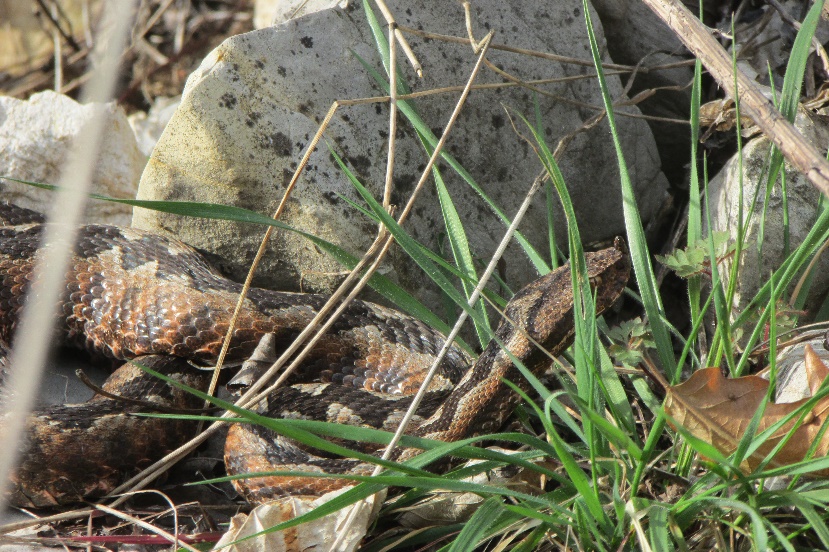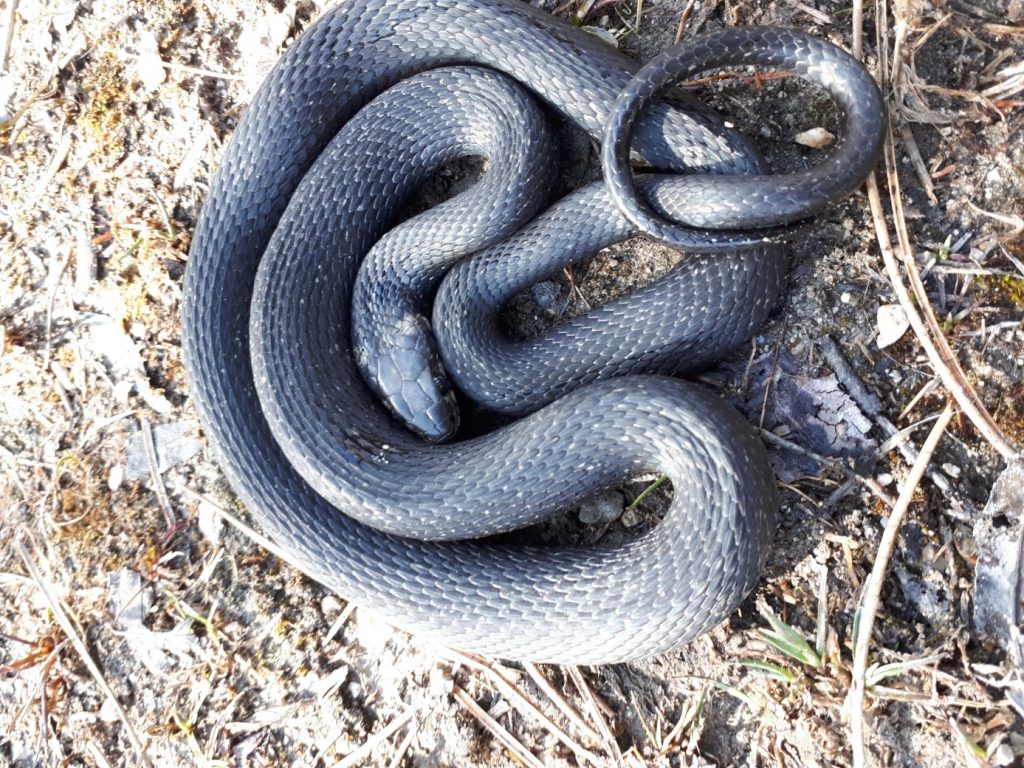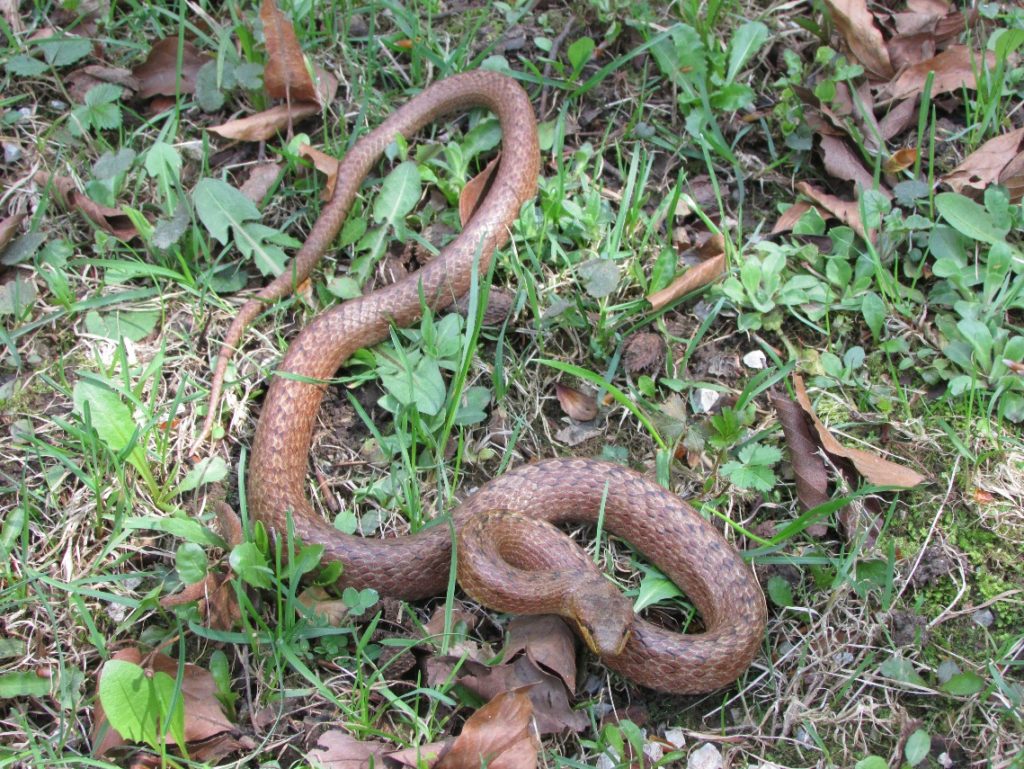Hated, denounced and killed since the dawn of time, snakes are still often associated with evil and exterminated for that reason. In order to get a true picture of them, it is necessary to conquer fear, surmount prejudice and overcome ignorance.
Snakes are reptiles, a cold-blooded group of vertebrates, which means that they regulate their body temperature with the help of external temperature. Cold-bloodedness is a characteristic that favours living in warm areas, but they can also be found in snow-covered habitats and in the sea. They survive unfavourable conditions, such as the cold or too high temperatures, in hibernation (winter sleep) or aestivation (summer dormancy) respectively. When daytime temperatures are high, some of our snakes, such as the horned viper, are active at dusk or in the evening. Their skin is covered with scales and dry.
All snakes are predators, and they hunt their prey using venom or by suffocating it and swallowing it whole. Swallowing prey without chewing is made possible by their jaws, specifically by the fact that their upper and lower jaw are connected only by ligaments, meaning that they can open wide, gaping. They feed on small birds, mammals, eggs, lizards, amphibians, fish and insects.
Snakes do not have an external ear. They feel vibrations through their lower jaw. In order to avoid encountering a snake, one needs to make sure to walk loudly. This will cause the snake to sense us and take shelter, and there will be no unpleasant encounters, which often end in the death of the snake. Even though they are predators, they are aware that we humans are still a bigger threat to them than they are to us, so they hide.
In Croatia, 15 species of snakes are known, in the Plitvice Lakes National Park as many as six, which is quite a large number considering the unfavourable temperature conditions that prevail here. As regards venomous snakes, this area is inhabited by the common European adder (Vipera berus) and the horned viper (Vipera ammodytes).

The area of the Park is also inhabited by non-venomous species such as the Aesculapian snake (Zamenis longissimus), the smooth snake (Coronella austriaca), the grass snake (Natrix natrix) and the dice snake (Natrix tessellata) – the latter being common in and around the waters of the Park where it stalks and hunts prey, usually fish.

Grass snake (Natrix natrix) (photo: PLNP Archive) 
Dice snake (Natrix tessellata) (photo: PLNP Archive) 
Smooth snake (Coronella austriaca) (photo: PLNP Archive)
Today, many animal species, including snakes, are endangered. What they are threatened by the most are roads, habitat fragmentation, lawn succession, killing, collection and pollution. In almost all cultures, snakes are considered a symbol of evil and vileness, and are therefore killed unnecessarily. However, if we make an effort to get to know their way of life, we will realise that they are actually useful. They feed on small mammals and are very good and effective pest control agents. In addition, like all other species, they have their own irreplaceable role in nature that man must understand.
* Horned vipers can NOT jump. Snakes do not have limbs that would allow them to jump. In autumn, they climb trees, where they bask on the branches. Due to human carelessness, a snake can fall from a branch and bite a person in fear; hence the reputation that horned vipers jump and their Croatian name “poskok” (“skok” meaning “a jump”).
* The Rod of Asclepius (symbol of pharmacists) – the snake (Aesculapian snake, Zamenis longissimus) coiled around the staff symbolises healing and new life.

